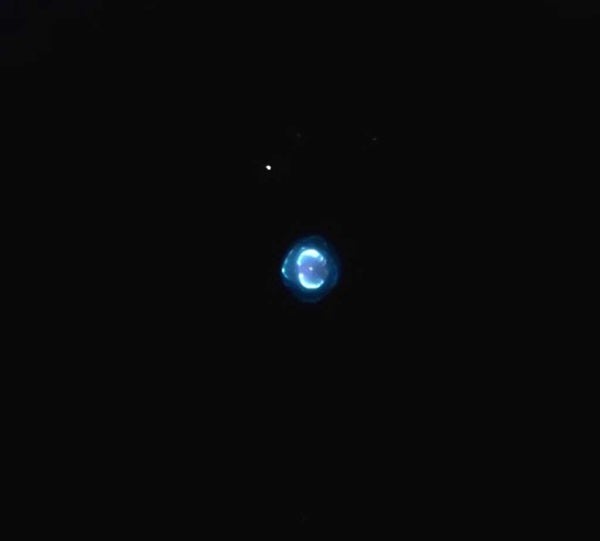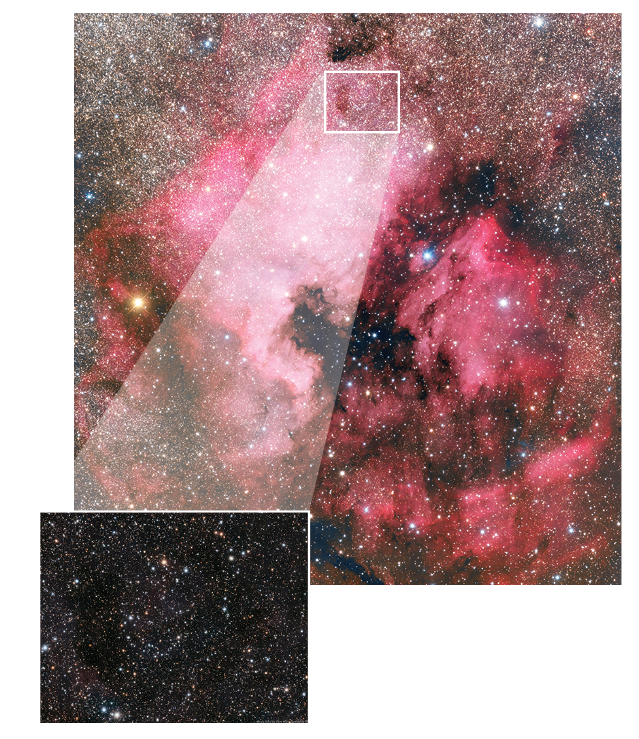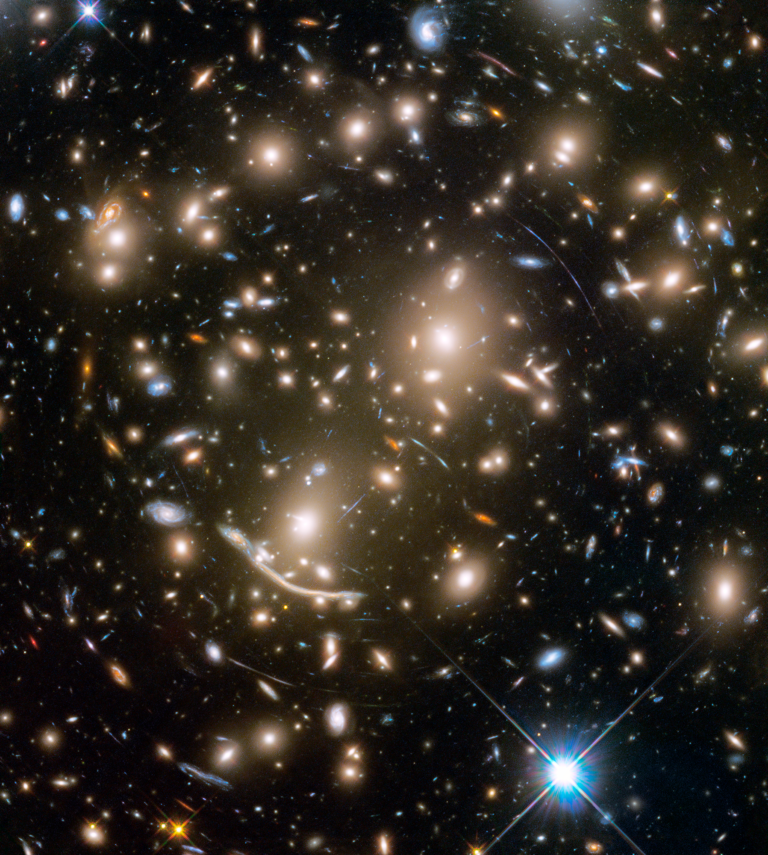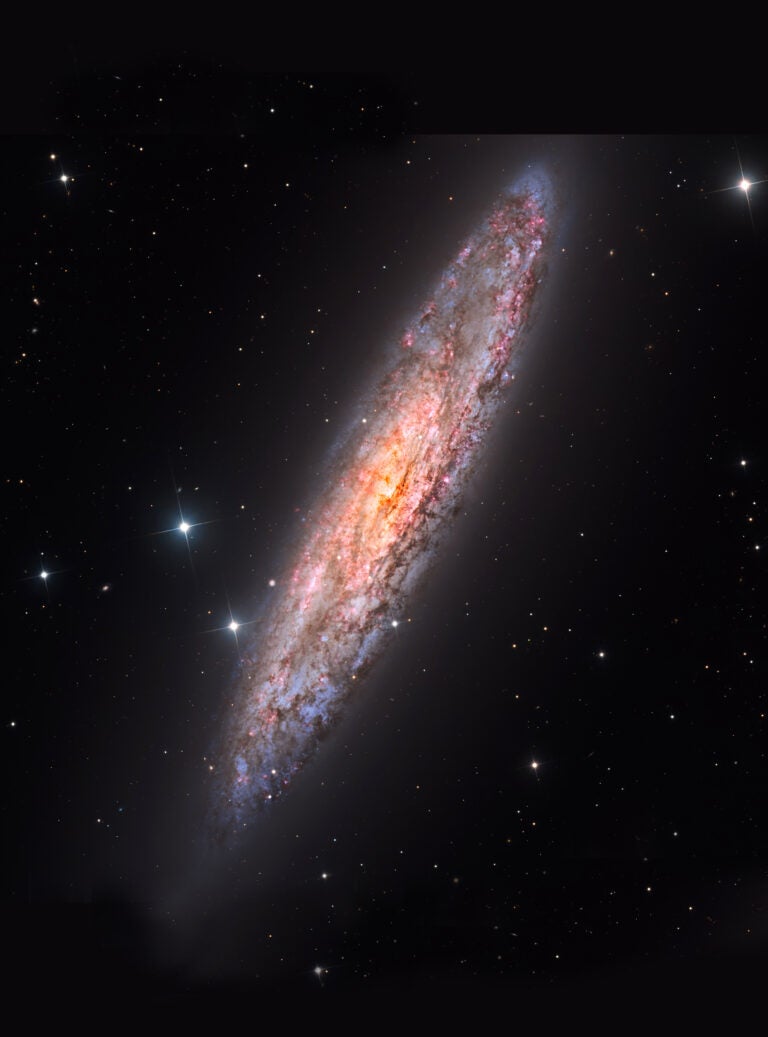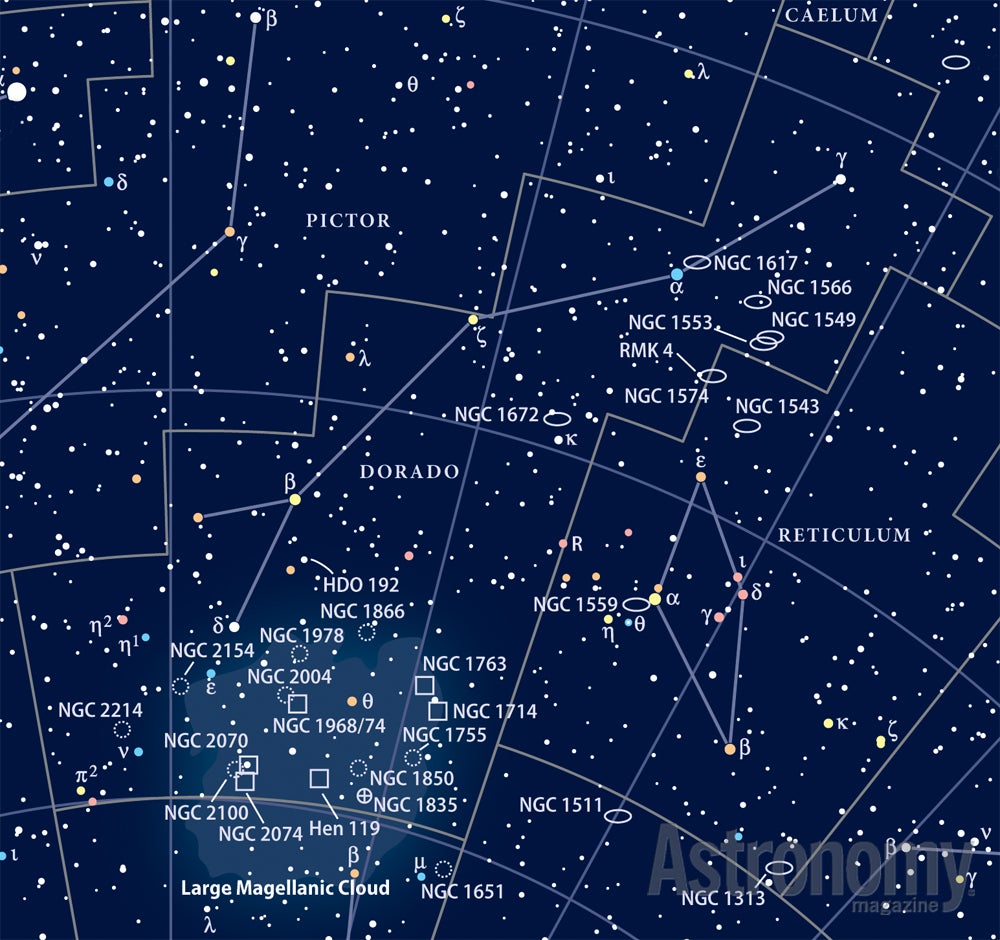
Expand your observing at Astronomy.com
StarDome
Check out Astronomy.com’s interactive StarDome to see an accurate map of your sky. This tool will help you locate this week’s targets.
The Sky this Week
Get a
daily digest of celestial events coming soon to a sky near you.
Observing Talk
After you listen to the podcast and try to find the objects, be sure to share your observing experience with us by leaving a comment at the blog or in the Reader Forums.
Each week, Astronomy magazine Senior Editor Michael E. Bakich, a master at explaining how to observe, posts a podcast about three objects or events you can see in the sky.
Targets for January 8–15, 2015
Small telescope: The Tarantula Nebula (NGC 2070)
Large telescope: Barred spiral galaxy NGC 2188
Large
telescope: Barred spiral galaxy NGC 1744
Oh my!
This week’s small-telescope target is the magnificent Tarantula Nebula in the constellation Dorado the Swordfish. This wonderful emission nebula also goes by the designations NGC 2070, Caldwell 103, 30 Doradus, and the True Lover’s Knot.
Unfortunately, most northern observers haven’t experienced the Tarantula Nebula. It lies in the Large Magellanic Cloud, and this nebula looks incredible through a telescope. It measures 30′ by 20′. That means it has a diameter of 1,000 light-years. NGC 2070 would span 20° – 40 Full Moons side by side – if it were as close as the Orion Nebula (M42).
In the early 18th century, English astronomer John Flamsteed cataloged NGC 2070 as the star 30 Doradus. French astronomer Nicolas Louis de Lacaille first recognized it as a nebula December 5, 1751.
The brightest star cluster in the Tarantula Nebula, and one of the most remarkable star-forming regions anywhere, is R136. Many of its 60 stars are among the most massive, brightest, and hottest known.
Even through a 4-inch telescope, NGC 2070 shows loops and filaments. A dense central bar runs north to south. The longest filament begins near the cluster’s center and extends 7′ to the south.
It then extends eastward and loops an equal distance to the north. R136 is easy to spot as a 1′-wide region of several dozen bright stars.
Two well-defined dark bays, one slightly darker than the other, lie east of R136. The appearance of nebulous “ropes” encircling darker regions led English astronomer William Henry Smyth to describe this nebula as the True Lover’s Knot. According to some accounts, 16th-century Dutch sailors tied similar knots to remind them of lovers they’d left behind.
Bar-hopping, stop #1
This week’s first large-scope object is barred spiral galaxy NGC 2188 in the constellation Columba the Dove. It lies 1.7° northwest of magnitude 4.4 Kappa (κ) Columbae.
It glows at magnitude 11.6 and measures 5.5′ by 0.8′.
This galaxy has a disk that inclines only 3° from edge-on. It appears moderately bright through an 8-inch telescope, five times as long as it is wide, and roughly oriented north-south. NGC 2188 shows an even brightness distribution. A 16-inch scope will let you see the truncated southern edge.
Bar-hopping, stop #2
This week’s second large-telescope target is another barred spiral galaxy, NGC 1744 in the constellation Lepus the Hare. You’ll find this object 3.9° south-southwest of magnitude 3.2 Epsilon (ε) Leporis.
At magnitude 11.1, NGC 1744 is faint. Luckily it’s not huge, and that helps keep its surface brightness relatively high, so even an 8-inch telescope will give you a good view from a dark location. It appears twice as long as it is wide – 5.1′ by 2.5′ – oriented north-south. Its core is broad, and the galaxy’s edge has an irregular outline.





